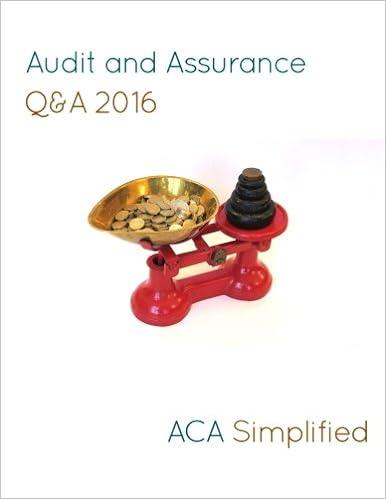1. Benson Electronics manufactures three components used to produce cell telephones and other communication devices. In a given production period, demand for the three components may exceed Bensons manufacturing capacity. In this case, the company meets demand by purchasing the components from another manufacturer at an in- creased cost per unit. Bensons manufacturing cost per unit and purchasing cost per unit for the three components are as follows: Department Manufacture Purchase Component i Component 2 Component 3 4.5 5.00 2.75 6.5 6.8 7.0 Manufacturing times in minutes per unit for Bensons three departments are as follows: Department Production Assembly Testing and Packaging Component i Component 2 Component 3 2 3 1.5 2 4 1.5 300 For instance, each unit of component 1 that Benson manufactures requires 2 minutes of production time, 1 minute of assembly time, and 1.5 minutes of testing and packaging time. For the next production period, Benson has capacities of 360 hours in the production department, 250 hours in the assembly department, and 300 hours in the testing and packaging department. Assume that component demands that must be satisfied are at least 6000 units for component 1, 4000 units for component 2, and 3500 units for component 3. (a) Formulate a linear programming model that can be used to determine how many units of each component to manufacture and how many units of each component to purchase to minimize the total manufacturing and purchasing costs. (b) What is the optimal solution? How many units of each component should be manufactured and how many units of each component should be purchased? (c) Which departments are limiting Bensons manufacturing quantities? Which departments have a surplus? (d) Write down or formulate the Dual of the linear optimization model in part (a) and find the optimal solution for the dual. (e) Use the dual price to determine the value of an extra hour in each of these departments. (f) Suppose that Benson had to obtain one additional unit of component 2. Discuss what the dual price for the component 2 constraint tells us about the maximum possible cost to obtain the additional unit







